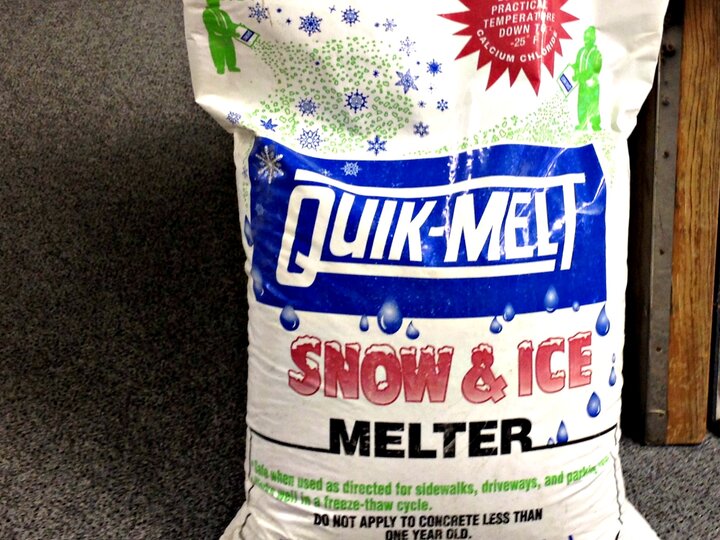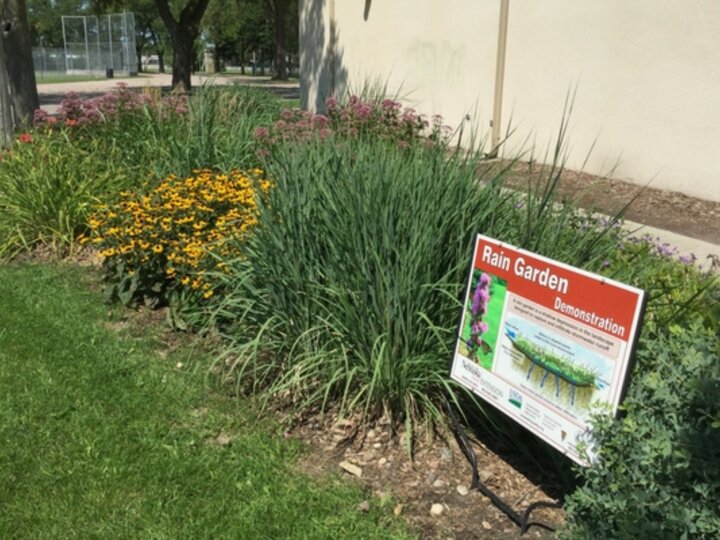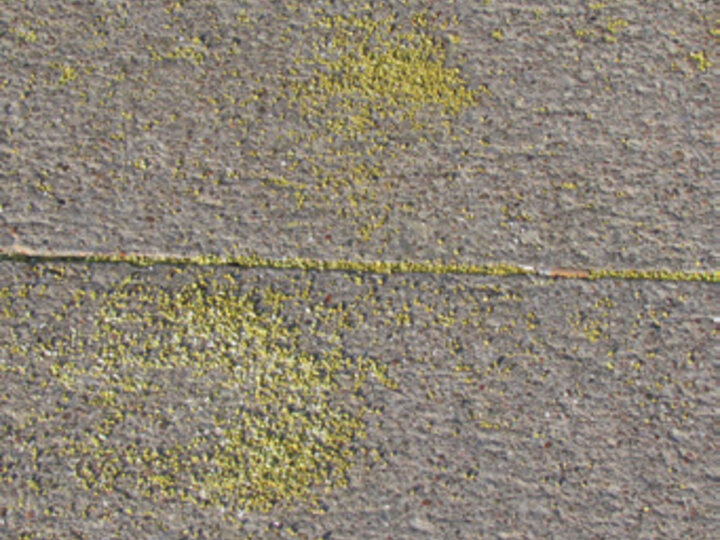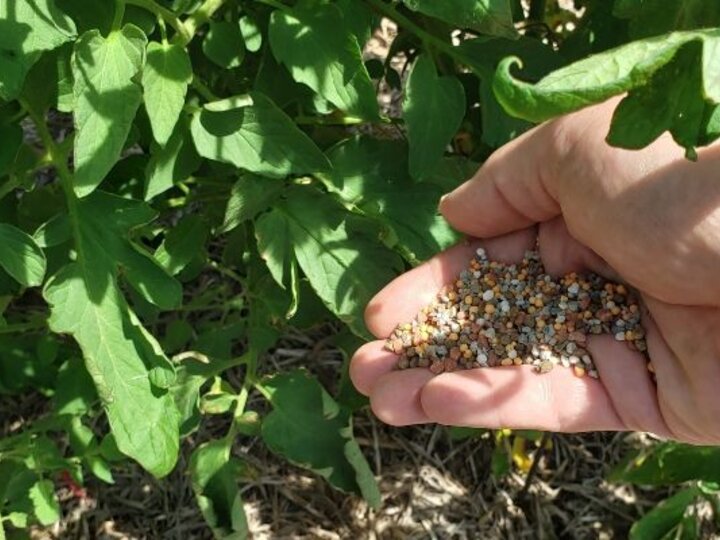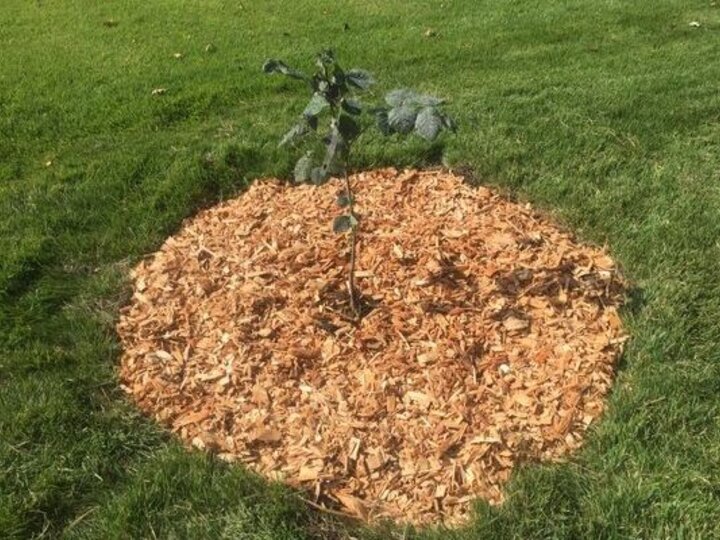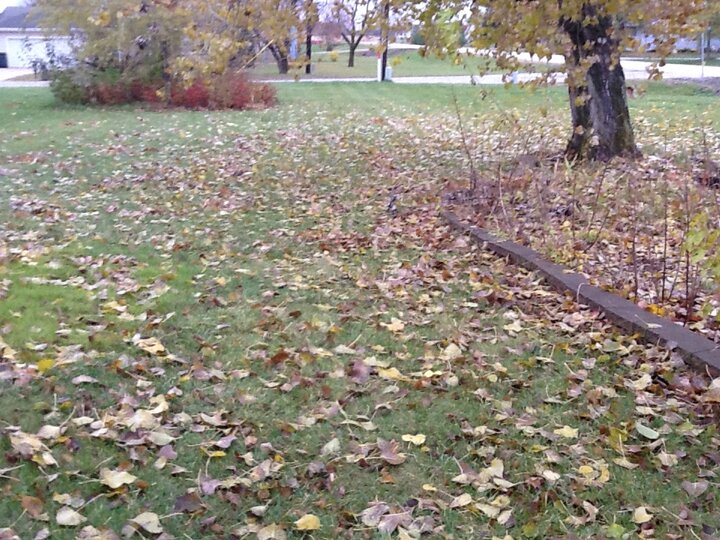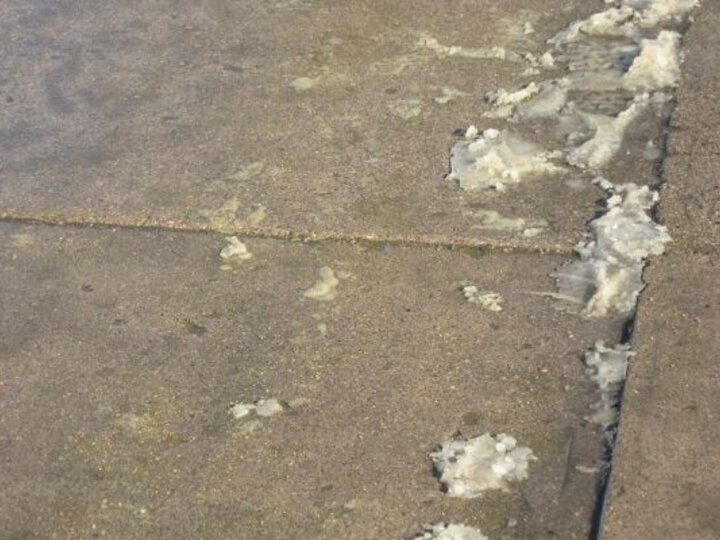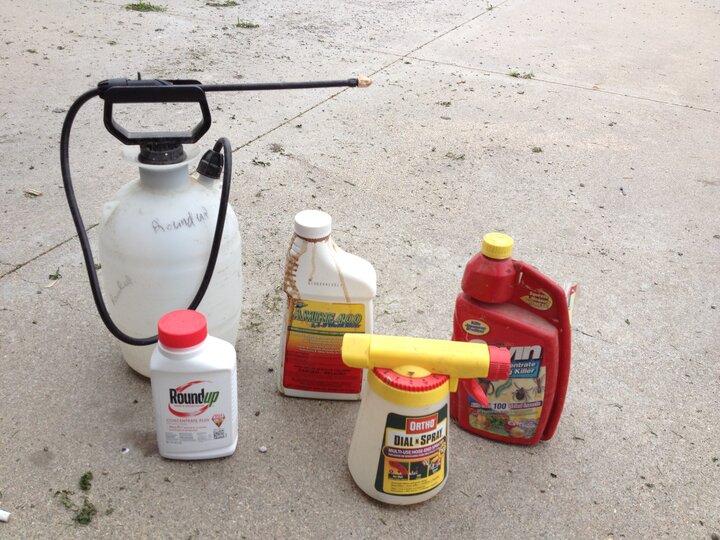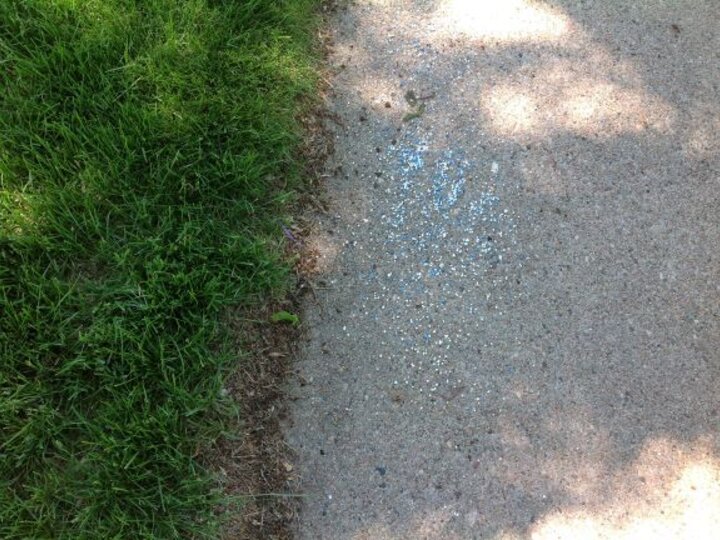Water pollution can arise from a variety of sources. Soil, grass clippings, fertilizer, pesticides, paint thinners, and motor oil can pollute water if picked up by stormwater runoff. These pollutants can harm lakes, rivers and streams in many ways. Read on for more information on how our water supply can be polluted and how to do your part to keep it clean while maintaining your landscape.
